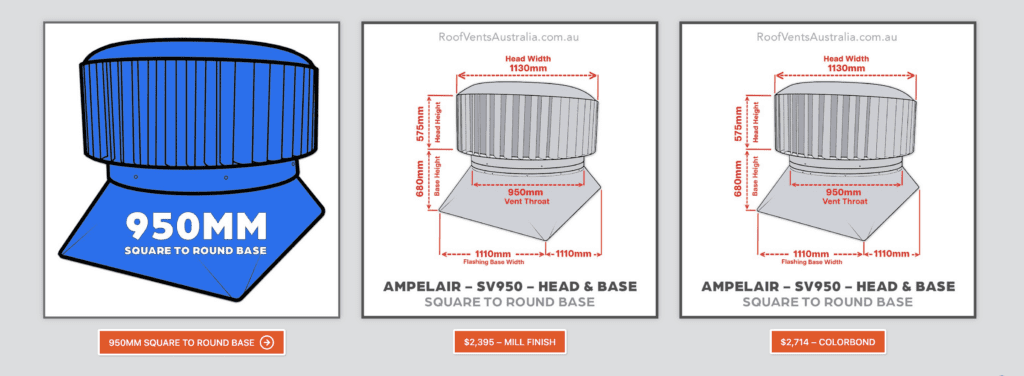Whirlybirds: An In-Depth Analysis of Their Efficacy, Advantages, and Disadvantages


Rain Heads Custom Made Shipped Free Australia Wide – Click Here >
Dambuster Rain Heads Shipped Free Australia Wide – Click Here >
Commercial Industrial Roof Vents 300mm-950mm – Click Here >
Eco-Friendly Roofing Insulation Shipped Free – Click Here >
Gutter Sumps Shipped Free Australia Wide – Click Here >
Introduction
A whirlybird, also known as a wind turbine vent or simply a roof turbine, is a type of passive ventilation system that is often installed on rooftops to facilitate air circulation and dissipate heat. While there are numerous methods for ventilating a building, such as mechanical HVAC systems and natural ventilation techniques, whirlybirds are seen as a cost-effective and environmentally friendly solution. However, there is still some debate about their effectiveness in comparison to other methods. This article aims to provide an in-depth evaluation of the efficacy, advantages, and disadvantages of whirlybirds.
How Do Whirlybirds Work?
Whirlybirds operate on the principle of natural convection, driven by wind. The spinning fins of the turbine draw out hot, stale air from the attic or interior space, allowing fresh air to replace it. This process assists in reducing the overall heat load on the building, thereby making indoor spaces more comfortable and potentially reducing energy costs.
Advantages
Cost-Effectiveness
One of the significant advantages of whirlybirds is their affordability. They are generally inexpensive to purchase and install, and since they do not require electrical power, they have zero operational costs.
Environmentally Friendly
Whirlybirds are eco-friendly as they rely on natural wind energy to operate. They do not produce any emissions or require electricity, aligning them with sustainable and green building practices.
Low Maintenance
These devices are relatively easy to maintain, requiring only periodic checks for obstructions or wear and tear. There is no complex machinery involved, reducing the chances of mechanical failure.
Ease of Installation
Whirlybirds are easy to install and can be added to existing buildings with minimal modifications. In many cases, installation can be a simple DIY project for homeowners.
Universal Applicability
They are versatile and can be installed in a variety of settings ranging from residential buildings to commercial structures and even industrial facilities.
Disadvantages
Limited Effectiveness in Low-Wind Conditions
Whirlybirds rely on wind to operate, and during periods of low wind, their effectiveness diminishes substantially. For this reason, they are often recommended in tandem with other ventilation systems for optimum performance.
Noise
Some users report that whirlybirds can generate noise, especially during high winds. The sound levels are usually not excessive but may be noticeable.
Aesthetic Concerns
The external appearance of whirlybirds may not be appealing to all homeowners. Some people find them to be an eyesore, affecting the overall aesthetics of the building.
Potential for Leaks
Improper installation or long-term wear and tear can result in roof leaks. Therefore, it is essential to ensure that the installation is done correctly and that periodic maintenance checks are conducted.
Efficacy: What Does Research Say?
Research on the effectiveness of whirlybirds has been somewhat mixed. While they have proven to be efficient in reducing the temperature of attic spaces, their impact on the overall cooling load of a building is subject to a variety of factors such as local climate, wind speeds, and building insulation. In warm climates with steady wind, whirlybirds are more likely to be effective.
Conclusion
Whirlybirds offer a range of advantages including cost-effectiveness, eco-friendliness, and low maintenance. However, they are not without their drawbacks, such as limited effectiveness in low-wind conditions and potential noise generation. Therefore, while they can be a beneficial addition to a building’s ventilation strategy, they are often most effective when used in conjunction with other systems. As with any investment in building infrastructure, it is essential to conduct a thorough assessment of your specific needs and consult professionals for installation and maintenance.
